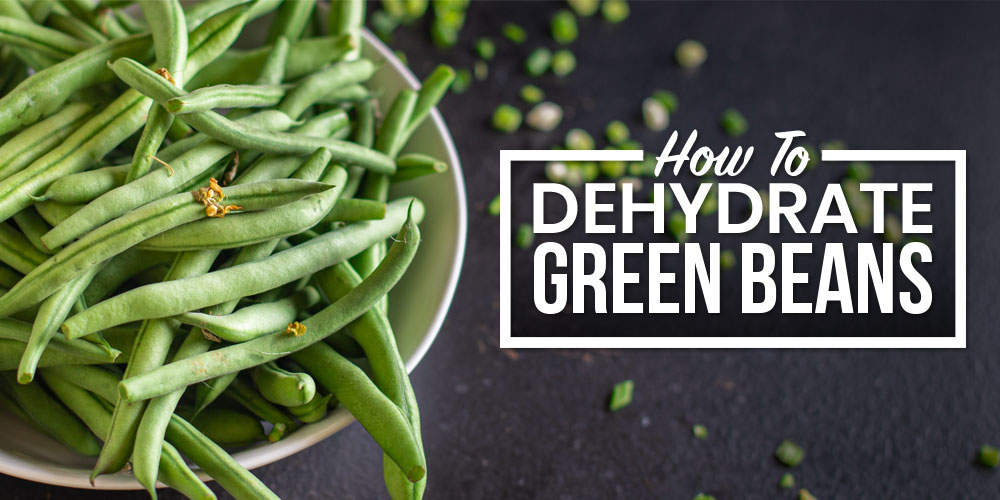
NAVIGATION
Learning how to dehydrate green beans is a great way to step into the world of food preservation and can become a flavorful addition to any culinary arsenal.
Equip yourself with the essential tools for step-by-step dehydrating and savor the satisfaction of creating a pantry staple that stands the test of time.
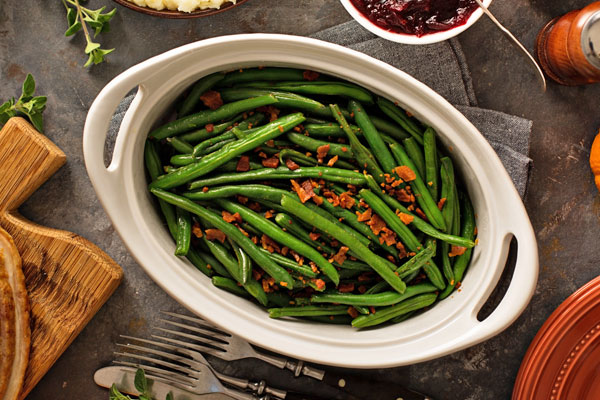

Hi, I’m Ryan
I’ve spent a lot of time in my off-grid kitchen, which requires a lot of thoughtful food preservation. Dehydrated green beans are one of my favorite staple snacks and a delicious addition to any meal.

Can You Dehydrate Green Beans?

Yes, green beans are easy to dehydrate and even easier to store. The simple process of dehydrating green beans is the perfect way to enjoy the benefits of these legumes long after the harvest season. Whether you’d like to dehydrate green beans to keep on-hand as a tasty quick snack or you’re planning to revive them to use in future recipes, this method does this trick every time.
What Varieties Of Green Beans Can Be Dehydrated?
Almost all green bean varieties can be dehydrated, from string beans to snap beans and even the beloved French beans. I like to use my own fresh-grown green beans for the best outcome, but the bunch you’ve just picked up at the farmer’s market will work, too.
What Parts Of A Green Bean Can Be Dehydrated?
When it comes to green beans, you can dehydrate the whole package — pod and seeds included. However, I usually trim the ends and remove any imperfections before I kickstart the dehydration process. That way, I don’t have to worry about looking out for rogue stems in the future as I snack or cook.
Do I Need To Shell or De-String Green Beans To Dehydrate Them?
Shelling or destringing isn’t necessary for green beans before dehydrating as the skin plays a key role in dehydration. So keep those beans intact, with the exception of stems. You can toss those straight into your compost bin.
Do I Need To Blanch Green Beans To Dehydrate Them?
Yes, you’ll need to boil the green beans for around two minutes, then quickly dunk them into an ice water bath. This trick halts the cooking process, helping the beans maintain their color and crunchy texture during dehydration.
How To Dehydrate Green Beans

Green beans are my go-to for a dried, crunchy snack, but it’s possible to dehydrate nearly any vegetable, fruit, or food you’d like to preserve and enjoy later.
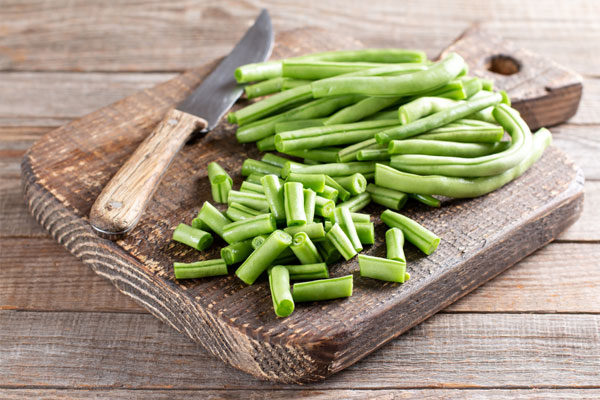
Equipment You’ll Need To Dehydrate Green Beans

Only a few essential items are needed for dehydrating green beans. Each component, from the dehydrator machine to trays and a reliable knife, ensures that your green beans keep their flavor while streamlining the process. Using the right tools makes the dehydrating process easier and ensures your green beans are safe to eat.
Here’s what you’ll need
- Dehydrator
- Dehydrator trays
- Knife
- Large pot
- Spoon or ladle
- Fresh green beans
- Cloth for drying
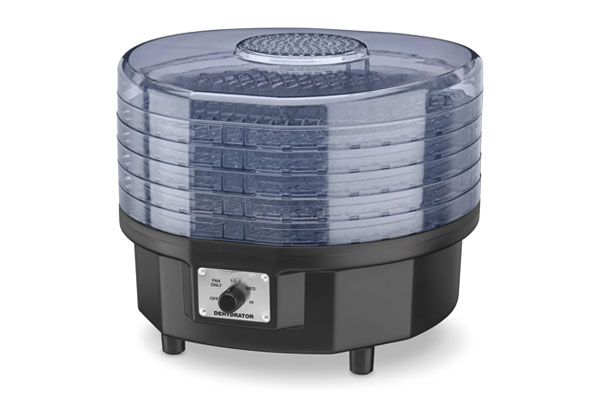
I’m often asked about how to dehydrate food in an off-grid kitchen. Whether you’re currently navigating the challenges of an off-grid kitchen or simply intrigued by the possibility of operating your trusty dehydrator without a traditional power source, it can be a straightforward process and mostly depends on what type of off-grid kitchen or setup you’re working with.
At the end of the day, regardless of whether your kitchen is off the grid or connected to modern utilities, you’ll find supplies to craft this delightful and practical pantry essential.
Steps To Dehydrating Green Beans

- Wash ThoroughlyYou don’t want the taste of dirt or bugs in with your tasty snack, so begin by taking your fresh green beans and washing them thoroughly.
- Cut Into SegmentsTake your chef’s knife and chop the beans into 1-inch segments, preferably also cutting or snapping off any long tails or ends. This will ensure all the beans dry at the same rate. I like adding these extra bits to my home compost bin so they can be recycled into nutrient-rich dirt for future veggie harvests.
- Blanch The Green BeansImmerse the beans in boiling water for 3.5–4 minutes until the water starts to color. Immediately cool them in an ice bath and pat dry with cloth or paper towels.
- Dry In Single Layers In Your DehydratorArrange the blanched and cooled green beans on the dehydrator trays, ensuring adequate space between each segment for proper air circulation with no overlap for efficient drying. Set the dehydrator’s temperature to around 125°F (52°C) and let the beans dry for eight to 12 hours.
Regularly check for dryness or burning throughout the dehydration process to avoid ruining the batch.
How Do You Tell When Your Green Beans Are Done Dehydrating?
Trust your touch — your green beans are ready when they feel dry and brittle. If they’re still bendy, keep going until all the moisture and flexibility has left the beans.
Can You Use an Oven Instead Of A Dehydrator For Green Beans?
While it’s possible to use an oven, a dehydrator is the preferred choice for efficient and controlled drying. If opting for an oven, set it to the lowest temperature with a slightly open door. This prevents your green beans from steaming rather than drying. Keep an eye on them because oven drying is less predictable than using a dehydrator due to temperature fluctuation. I find that for off-grid oven-based dehydration, solar and wood ovens work the best.
How To Store Dehydrated Green Beans

Mastering the process of food preservation is only half the battle. Knowing how to store dehydrated green beans properly extends their shelf life and keeps them at their prime while they wait in the pantry.
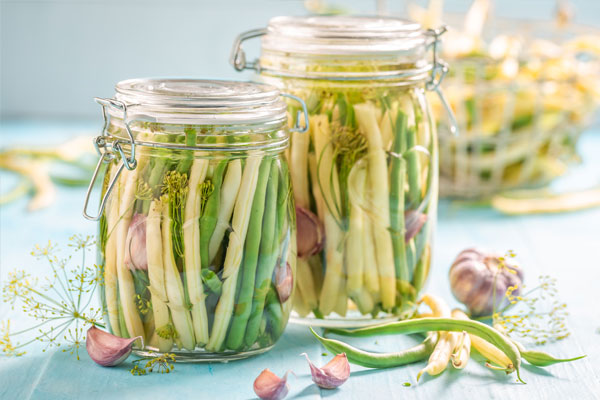 Make sure the beans are totally dry before storing them to ensure effective preservation. To guard against oxidation and moisture, I choose an airtight container like a mason jar, Mylar bag, or vacuum-sealable pouch. For long-term storage, vacuum sealing is extremely efficient.
Make sure the beans are totally dry before storing them to ensure effective preservation. To guard against oxidation and moisture, I choose an airtight container like a mason jar, Mylar bag, or vacuum-sealable pouch. For long-term storage, vacuum sealing is extremely efficient.
To prevent heat, light, and humidity from degrading quality, I recommend marking containers with the date and then storing them in a cool, dry location. Safely enclosed in an airtight container within a cool and dry environment, your dehydrated green beans can maintain their quality for a year, or up to two years in the freezer. I tend to keep them in a jar in my pantry so I can easily find them.
How To Use Dehydrated Green Beans In Your Cooking

Dehydrated green beans have unlimited uses, from eating them as a snack to giving crunch to a salad to adding them to your favorite dish. One of my favorite uses for dehydrated green beans is adding them to a tasty soup. There is so much potential for the diverse ways you can use dehydrated green beans in your kitchen.
Fresh To Dehydrated Green Bean Conversion
Like the conversion between fresh and dried herbs, a particular ratio is necessary here to guarantee that your meals turn out beautifully. The general rule is that one part dried green beans equals around three parts cooked green beans. For instance, one of my favorite simple recipes calls for three cups of fresh green beans, but I easily make the switch to dehydrated green beans by substituting with one cup of dried.
How To Re-Hydrate Dehydrated Green Beans
If you’re keen on safeguarding your harvest or indulging in delicious munchies, dehydrating green beans is the way to go. With the right knowledge and a bit of practice, you’ll be mastering the art of dehydration in no time. Don’t fret if you’re new to this — it’s a fantastic method to preserve food and easy to pick up on, even for rookies!
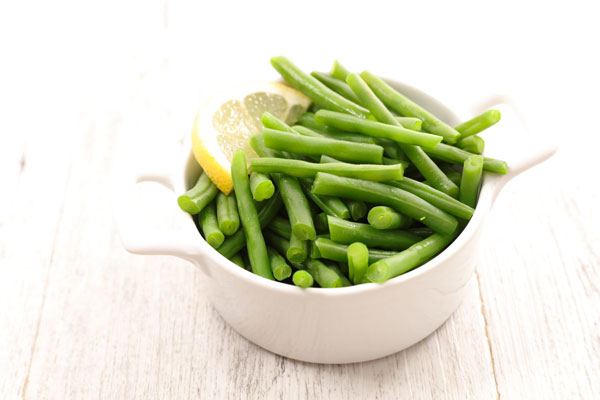
Your Turn
- What’s your favorite meal to add dehydrated green beans to?
- What seasonings will you add to this nice crunchy snack?




Leave a Reply